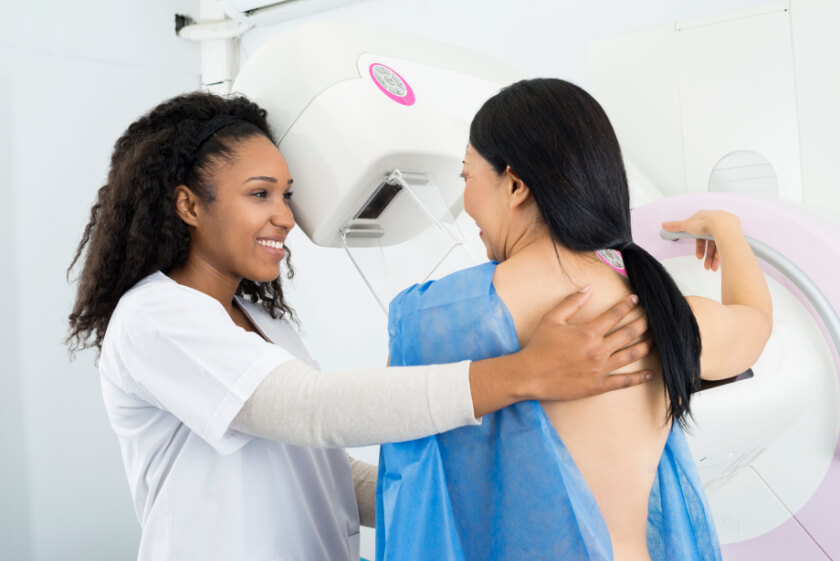
What You Need to Know About Breast Cancer in Men

Men may not have breasts, but they do have a small amount of breast tissue, which means that just like women, men are susceptible to breast cancer.
This type of cancer is not as common in males. In fact, about 2,350 new cases of breast cancer are expected to be diagnosed each year. A man’s risk of developing breast cancer is about one in 1,000, while the ratio of women who will develop breast cancer is a staggering one in eight.
What are the risk factors for breast cancer in men?
- Genetic disposition – if a close female relative had breast cancer
- Radiation exposure to the chest
- Breast enlargement due to drug or hormone treatments
- Klinefelter’s syndrome
- Cirrhosis (liver disease)
- Testicular conditions or injuries, including mumps orchitis or an undescended testicle
- Age (more common in men between the ages of 60 and 70)
What are the symptoms of breast cancer in men?
Symptoms are generally the same in men and women. Unfortunately, men are less likely to notice early symptoms because they simply aren’t looking for them. That means that they are more likely to be diagnosed after the cancer has already spread however look out for the following symptoms:
- Lump in the breast area
- Swelling in the armpit
- Change in the size, texture, or temperature of the breast tissue and/or nipple
- Discharge from the nipple
How is breast cancer diagnosed in men?
The same methods used to detect breast cancer in women are used for men. Radiologists conduct 3D mammograms at diagnostic imaging centers or perform biopsies to examine tissue under a microscope. A MRI can also be ordered if a patient suffers from any of the aforementioned symptoms.
How is breast cancer in men treated?
Men undergo the same breast cancer treatments as women. These treatments include radiation, chemotherapy, biological therapy, hormone therapy, and/or surgery. Men, however, respond much better to hormone therapy than women do. In fact, roughly 90% of breast cancers in men have hormone receptors, which means that they are more sensitive to hormone treatment.
Women are encouraged to check their breasts for lumps every month; however, doctors typically don’t give men the same advice. As a precaution, men should become familiar with vulnerable parts of their bodies in order to detect problems at their early stages.
If you notice a change in your breast tissue, talk to your doctor about diagnostic imaging.




